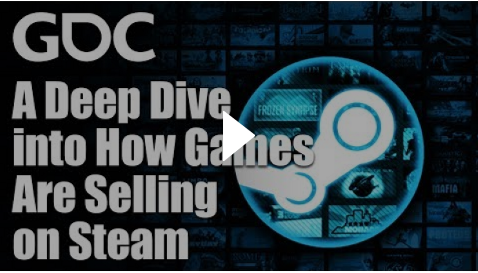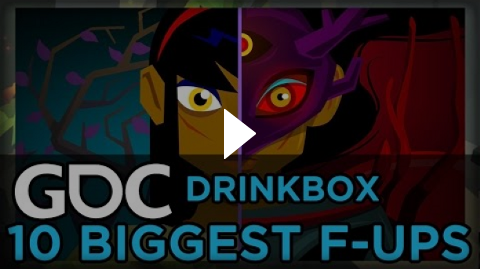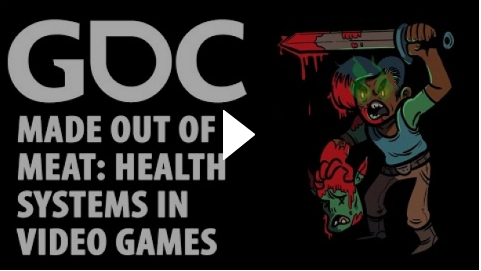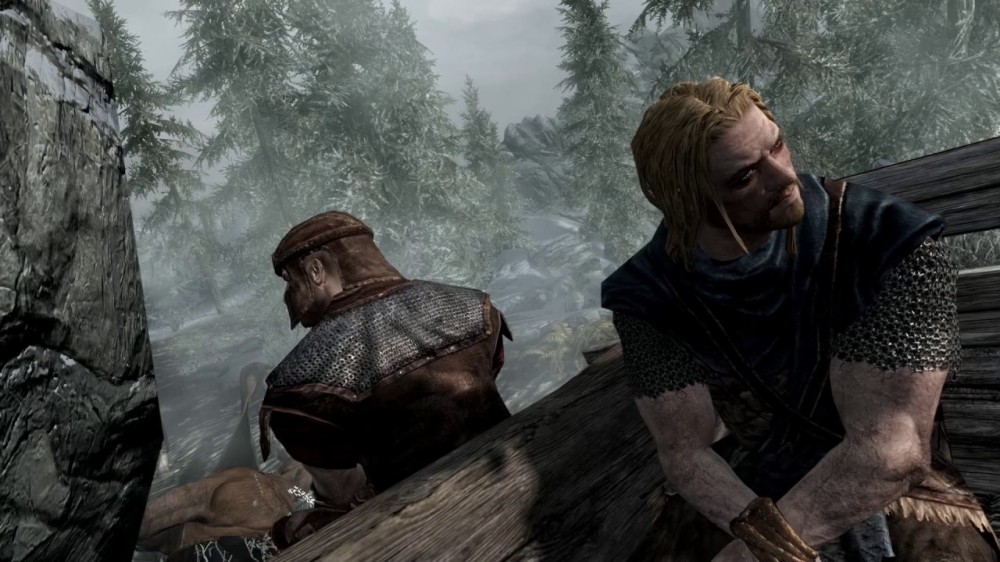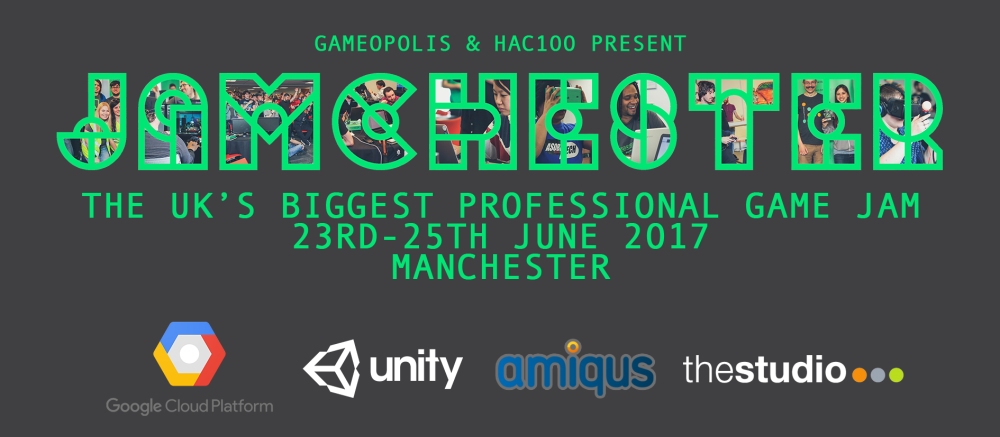
Industry Insights – Ken Levine on ‘Narrative Lego’ [GDC 2014]
Intro
In this entry to my Industry Insights we’re treated to an interesting theoretical proposal by acclaimed Creative Director/Writer Ken Levine a veteran of the industry known for his work on the critically acclaimed Thief, System Shock and Bioshock series.
As a disclaimer – I will inject some of my own interpretation and expansion of the ideas, as this is unavoidable. For the full, original, unaltered content refer to the sources, listed at the end.
Summary
The talk exists more as a starting point for a creative discussion on potential future dynamic narrative systems amongst developers, rather than a pitch for a finished design idea. As such, Mr. Levine is very careful to note that this is NOT the design for a specific game, a product pitch or a specific development plan.
So why attempt it?
- He discovered that the linear model locks you into always going bigger and bigger and outdoing yourself
- This gets exponentially more costly time and budget wise
- You work years and years on a project, ship it, people play through the 12 or so hours of content and that’s it gone – there is no continuous engagement
- Linearity also puts boundaries between developers and the audience
- For example, conceits such as the iconic “Would you kindly” only work once
- It also stems from Ken Levine’s inherent love for systemic games – he grew up playing Civilization games & XCOM
The System – What it is
So, what is this magical dynamic narrative system? I will call it the “Passions Project” and the reason why will become clear as it is laid out in the following text.
It is essentially an attempt to start the conversation on the idea of building a player driven replayable narrative gameplay system.
Below follows a breakdown of some of the key pillars of design behind the proposed system, grouped loosely into sections:
Negatives of Linear Narrative
- Expensive to make – bespoke, setpiece-centric experience
- Pieces don’t speak to each other
- Nothing in the beginning of Bioshock: Infinite speaks to the ending – not on a systems level
- As opposed to something like Civilization where the “player narrative” is heavily dictated and affected meaningfully by their choices throughout
- Branching exists, but with limited states and interactions
- Can be very expansive but always inherently limited
- Doesn’t fully embrace the unique power of games
- Namely – replayable and player-driven
- Can only add ON, not add IN
- There is naturally a lot of really great work out there (Witcher etc.) but he is seeking a fundamentally different approach
The Traditional Approach to AI
One of the common questions that come up from people unfamiliar with the games industry is “when will game AI pass the Turing test” a question that is fundamentally flawed according to Mr. Levine due to the following faults of Game AI:
- Simulates a person, not a character
- Everybody on the planet is bad at that
- A truly robust solution lies beyond any technology or creative horizon
- Overly ambitious leads to failure
- Easy to give up and never even try
Physics Wasn’t Built in a Day
- It began with simple things – 2D circles, rectangles, 3D Spheres, then moved onto ragdolls, cloth, fluids…
- Gradual improvement.
- People weren’t expecting perfection from the start, they knew you had to start somewhere.
- The key was to know not to model everything – instead focusing on a limited set of believable and impactful things.
- This same logic can be followed for procedural characters – don’t try and model everything.
The Opportunity
The concept and goal is t create a narratively driven narrative system where:
- narrative elements are non-linear and interact with each other
- All narrative elements trigger off PLAYER action
- Such triggers are generally TRANSPARENT to the player
The Passions System
The core idea of this (somewhat unfocused) section of the talk is to give a practical abstract example of how such a system might work in an actual product.
The setup is simple – 4 villages, each with their own tribe. Within those exist numerous generic NPC’s but the key focus is on 5 “Stars” – or notable major players. The number is purposefully low as we don’t want to overwhelm the player.
Passions
It is with these Stars that the system really starts to take form. Their overall state and opinion of you is affected by what he refers to as “Passions”. These are the defining traits of each of them, which are systematic variables that are a systematic representation of an actual personality.
Each action in the world will influence each of these Passions for every major NPC and as a result, if done well and granular/reactive enough, you’d end up with a mostly dynamic narrative structure.
Or in simpler terms – the first of its kind truly systemic narrative. By ensuring that dialogue and events in the world are tied to them you’d (in theory) end up with nearly infinite narrative opportunities, entirely based on each player’s countless individual choices.
Specifics
I have purposefully avoided diving into the specifics of Mr. Levine’s examples – not only because they are bog standard fantasy fare of orcs, elves and such – but also because I recommend viewing it in detail on your own. However, I believe that the above is a reasonable summary of the core concept and should be enough to decide whether or not the talk is worth your time.
Personal Opinion
This last section doesn’t really contain any additional content but is rather my take on the idea, being primarily a gameplay/systems designer. As Mr. Levine himself admits, he is not a technical man, and as such this is more of an artist’s vision of how it would work. It focuses overtly on the end result and the magical possibility space it affords, rather than on the actual systems of it (as charming as the graphics may be).
That being said, I think it is a very important step forward for the medium and I am glad that it was brought up as a discussion. He is very much right that it is a broken, inherently flawed system – every first iteration of something truly new is. However, only by trying (and ultimately failing) will we ever improve and I believe that this is a very powerful concept that is very much investing the time and effort into.
For investigations like these, I’d look at older systemic games like the clunky RPG series Gothic or even the Nemesis system in the Shadow of Mordor games. I think even those rudimentary implementations show the true power of something like this. Perhaps a truly systemically driven narrative is impossible but I do believe that you can shift the balance heavily towards it – and end up with a truly special product.
As such, I am incredibly interested to see the development in this and wouldn’t mind giving it a shot myself, if I ever one day end up in the position to work in Mr. Levine’s team – as it seems like he would benefit from some help on implementation 😉
